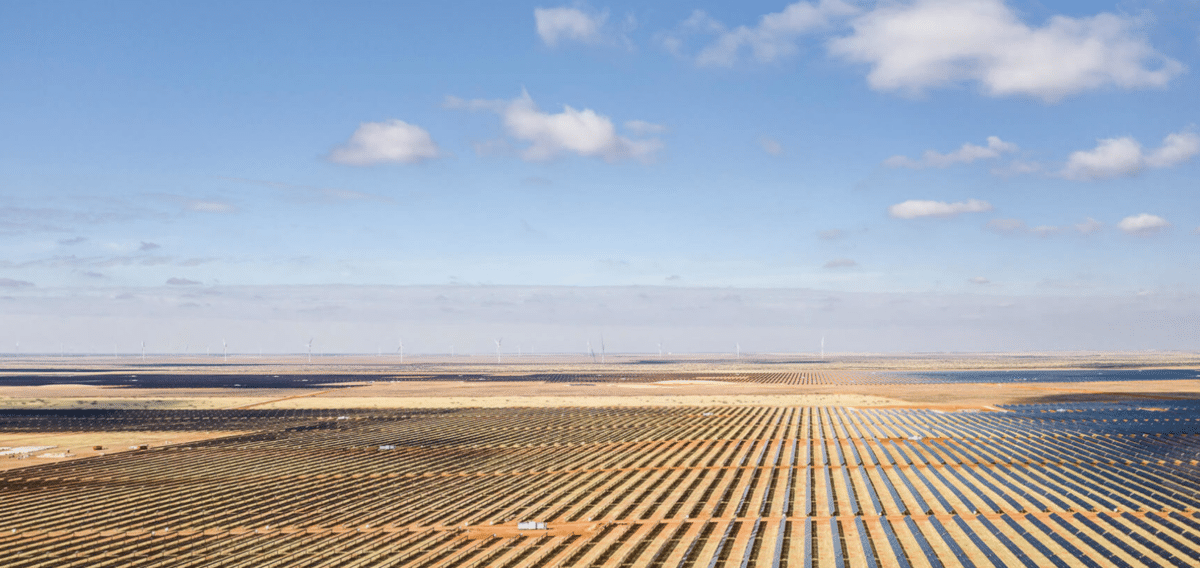Longroad Energy Holdings, a renewable energy developer, owner and operator, reached the financial close and start of construction of the Prospero 2 Solar Project, a 331-MWdc project in Andrews County, Texas. Longroad will continue to own the $320 million project, which is expected to come on-line in the second quarter of 2021. Suppliers, construction, and utility partners include First Solar, Power Electronics, Nextracker, Swinerton Renewable Energy, and Oncor. U.S. Bank is the sole tax equity investor in the project. Longroad owns over 1.4 GW of operational and under construction wind and solar projects across the U.S. Longroad is owned by the New Zealand Superannuation Fund, Infratil Limited, and Longroad’s management team. Source: Longroad
Montana’s high court rules utility cannot discriminate against solar energy: The Montana Supreme Court today rejected NorthWestern Energy’s attempts to shut out competition from local or customer-owned solar projects that would help meet Montana’s electricity needs. Both Montana and federal law prohibit discrimination against independently owned clean energy projects. NorthWestern Energy requested the Montana Public Service Commission to slash rates it pays to small solar projects to well below the value they create, a request the commission granted in 2017. In today’s ruling, the Court found that decision violated the law against rate discrimination. According to the decision, “NorthWestern’s frequently-uttered trope that the requirements of [federal law] and thus approval of solar sources of energy will wildly increase the rates charged to consumers finds little basis of support in this record.” The Court’s decision was in response to a lawsuit filed by Montana Environmental Information Center and Vote Solar, represented by Earthjustice. Source: Earth Justice
The U.S. Energy Storage Association is aiming to have 100 GW of new energy storage deployed in the U.S. by the end of this decade. Energy storage is “the next great chapter in a story of American energy innovation,” DOE Deputy Secretary Mark Menezes said at the virtual ESA Energy Storage Annual Conference and Expo. The DOE is investing heavily in storage research and development, because of its possibilities for grid flexibility and reliability, as well as global competition to develop and deploy these technologies, he said. ESA also put out a white paper outlining the path to that 100 GW goal, which includes policy support — like an investment tax credit for standalone storage facilities. Source: Utility Dive
Thousands of oil and gas operations, government facilities and other sites have won permission to stop monitoring for hazardous emissions or otherwise bypass rules intended to protect health and the environment because of the coronavirus outbreak, The Associated Press has found. The result: approval for less environmental monitoring at some Texas refineries and at an army depot dismantling warheads armed with nerve gas in Kentucky, manure piling up and the mass disposal of livestock carcasses at farms in Iowa and Minnesota, and other increased risks to communities as governments eased enforcement over smokestacks, medical waste shipments, sewage plants, oilfields and chemical plants. Source: AP
This content is protected by copyright and may not be reused. If you want to cooperate with us and would like to reuse some of our content, please contact: editors@pv-magazine.com.








By submitting this form you agree to pv magazine using your data for the purposes of publishing your comment.
Your personal data will only be disclosed or otherwise transmitted to third parties for the purposes of spam filtering or if this is necessary for technical maintenance of the website. Any other transfer to third parties will not take place unless this is justified on the basis of applicable data protection regulations or if pv magazine is legally obliged to do so.
You may revoke this consent at any time with effect for the future, in which case your personal data will be deleted immediately. Otherwise, your data will be deleted if pv magazine has processed your request or the purpose of data storage is fulfilled.
Further information on data privacy can be found in our Data Protection Policy.